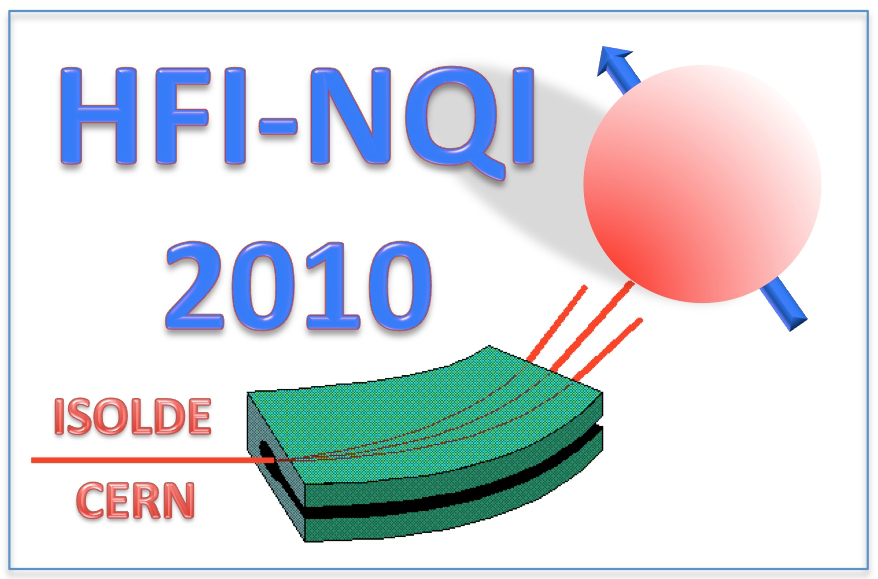Speaker
Prof.
Tetsuo Asaji
(Nihon University)
Description
Recently, hydrogen-bonded supramolecular co-crystals have attracted much interest in aim for functional materials such as ferroelectrics [1]. By use of 35Cl nuclear quadrupole resonance (NQR) we have studied an organic ferroelectric, phenazine(Phz)-chloranilic acid (H2ca) co-crystal, Phz-H2ca, and found an electric field gradient fluctuation probably due to a proton dynamics in hydrogen bond [2]. For the detection of rather slow motion of proton in the hydrogen-bonding system, NQR spin-lattice relaxation of the nearby atom will be quite sensitive. In the co-crystal of tetramethylpyrazine (TMP) with H2ca, TMP-H2ca, the spin-lattice relaxation time (T1) of 35Cl NQR showed a steep decrease with increasing temperature above ca. 250 K. The decrease could be explained by the Arrhenius law with the activation energy of 35 kJ mol-1 [3]. In the present paper we studied a possible proton motion in another compound with a similar one-dimensional hydrogen bond, DMP-H2ca, the co-crystal between 2,6-dimethylpyrazine (DMP) and H2ca. The isotope effect on the hydrogen motion by deuteration of the acid hydrogen in TMP-H2ca was also studied. Fig. 1 shows temperature dependence of 35Cl T1 of TMP-D2ca compared with that of TMP-H2ca. By the deuteration the activation energy increased to 50 kJ mol-1. The deuteron motion was confirmed by 2H NMR spin-lattice relaxation measurements which resulted in the activation energy of 49 kJ mol-1. Fig. 2 shows temperature dependence of 35Cl T1 of DMP-H2ca. In this compound the relaxation is dominated by lattice vibration suggesting no transfer motion of proton between the acid and base molecules.
References
[1] S. Horiuchi and Y. Tokura, Nature Materials 7, 357-366 (2008).
[2] T. Asaji, J. Seliger, V. Žagar, M. Sekiguchi, J. Watanabe, K. Gotoh, H. Ishida, S. Vrtnik, and J. Dolinšek, J. Phys.: Condens. Matter 19, 226203 (2007).
[3] T. Asaji, Y. Yoshimura, and D. Amino, Hyperfine Interact. 179, 1-7 (2007).
Author
Prof.
Tetsuo Asaji
(Nihon University)
Co-authors
Mr
Daiki Amino
(Nihon University)
Prof.
Motohiro Mizuno
(Kanazawa University)
Mr
Nobuhiro Tago
(Nihon University)
